Kinabalu Park is one of Southeast Asia’s most treasured natural wonders. With over 50,000 climbers visiting annually, Mount Kinabalu is not only a geographical marvel, but also an engine for community livelihood, tourism, and cultural pride.
Yet the ones most critical to shaping these visitor experiences often remain in the background: the mountain guides.
Now, a new study led by Lesley Hiew, Operations Director of Amazing Borneo and a PhD candidate at Universiti Malaysia Sabah, puts their work under the spotlight. Published in Taylor’s University’s Asia-Pacific Journal of Futures in Education and Society, the paper unpacks how guiding in Sabah is evolving, and why it deserves greater recognition.
Mountain Guides: The Pillars of Visitor Experience
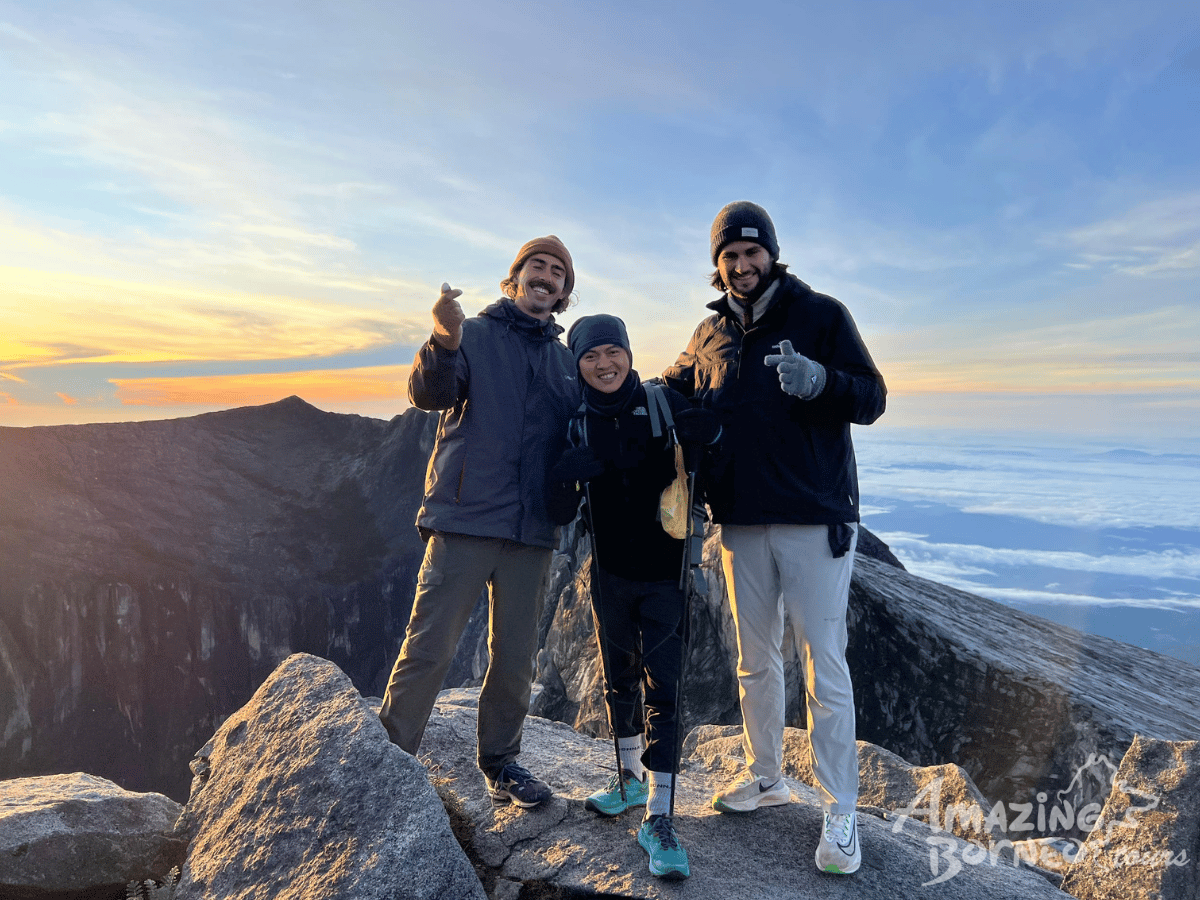
Mount Kinabalu’s majestic peaks attract visitors from across the globe, but it’s the local mountain guides who elevate each journey into a lasting memory. These guides do far more than lead treks – they share knowledge about flora, fauna, and local legends while also managing safety and logistics.
The research underscores that guides with strong communication skills, empathy, and situational awareness dramatically enhance overall visitor satisfaction and increase the chances of repeat visits.
Behind the Scenes: Training and Professional Development
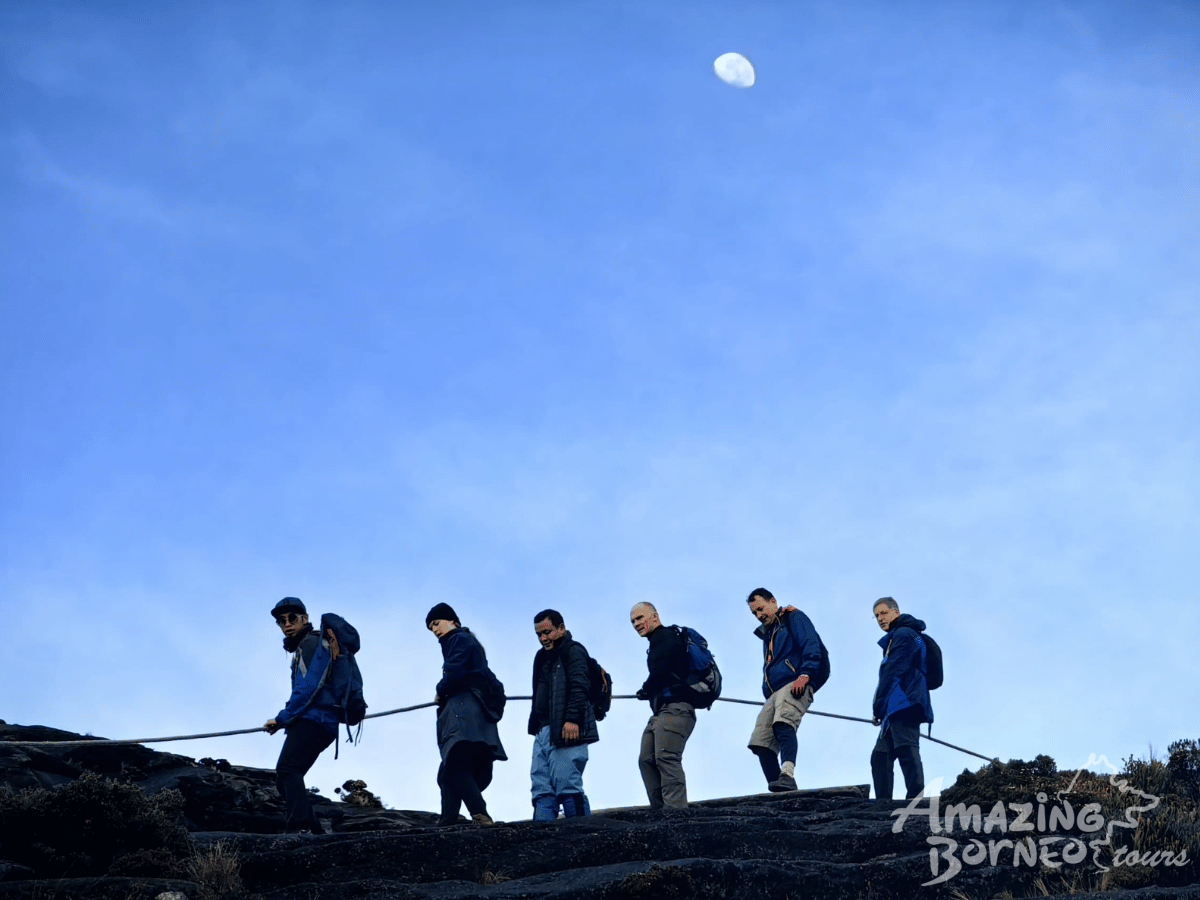
To meet rising visitor expectations, the Malaysian and Sabah governments have mandated robust training for all Kinabalu Park guides. This includes first aid, emergency response, cultural sensitivity, and environmental conservation.
However, challenges remain. Many guides face seasonal income fluctuations and language barriers, particularly with non-Malay and non-English speaking tourists. The study recommends stronger support in language training and fairer compensation models to keep morale high and services consistent.
The 2015 Kinabalu Earthquake: A Real-World Case Study
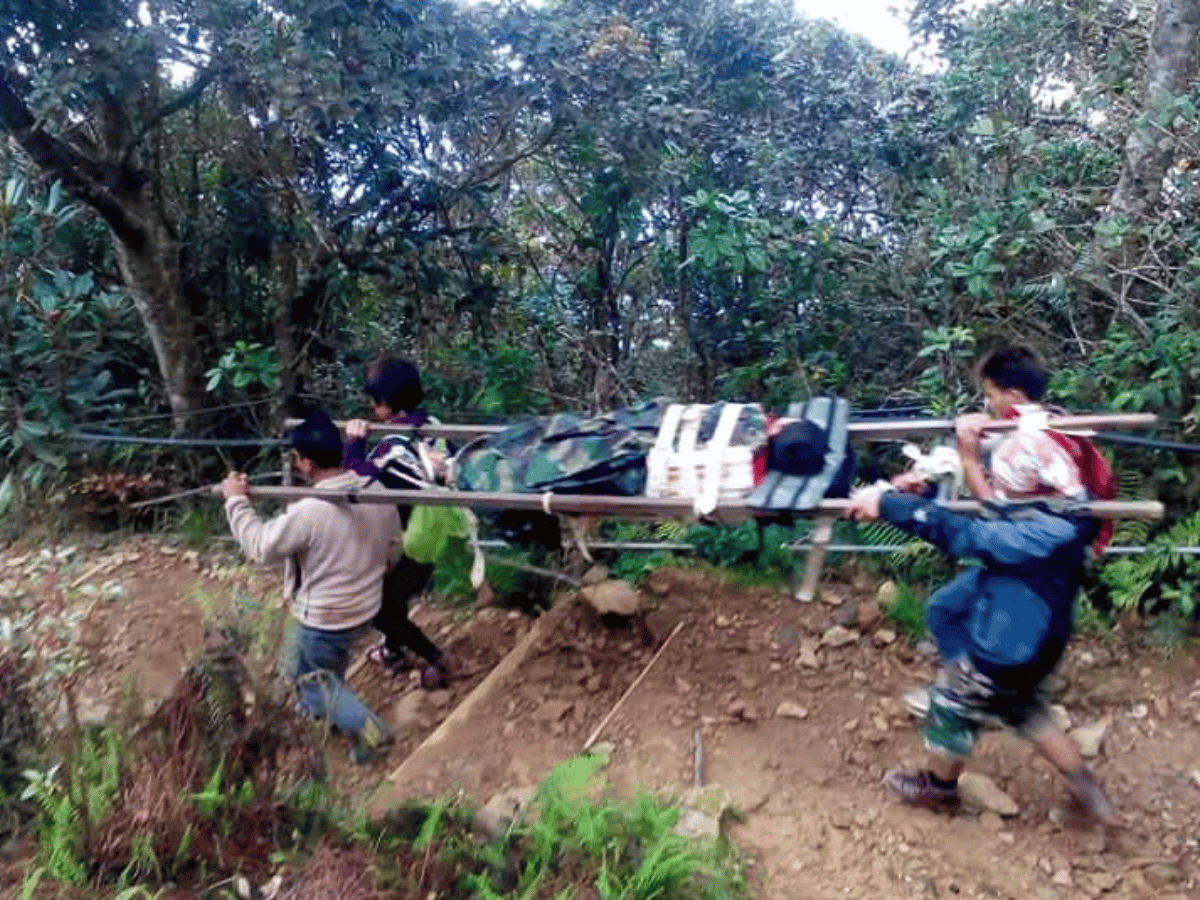 (Credit: Twitter / @MasidiM)
(Credit: Twitter / @MasidiM)
On 5th June 2015, an earthquake struck Mount Kinabalu, taking the lives of climbers and shaking the mountain to its core. In that moment of chaos and fear, it was the mountain guides who stepped up – often ahead of official responders – to lead search and rescue efforts.
Despite having no prior experience with earthquakes, many guides instinctively began clearing new paths, tending to the injured, and evacuating survivors. This deep knowledge of the terrain and quick decision-making saved lives. This moment of crisis was not only a test of endurance, but an undeniable demonstration of the leadership, care, and local expertise highlighted in Lesley’s research.
Voices from the Trail: Guest Reviews of Our Mountain Guides
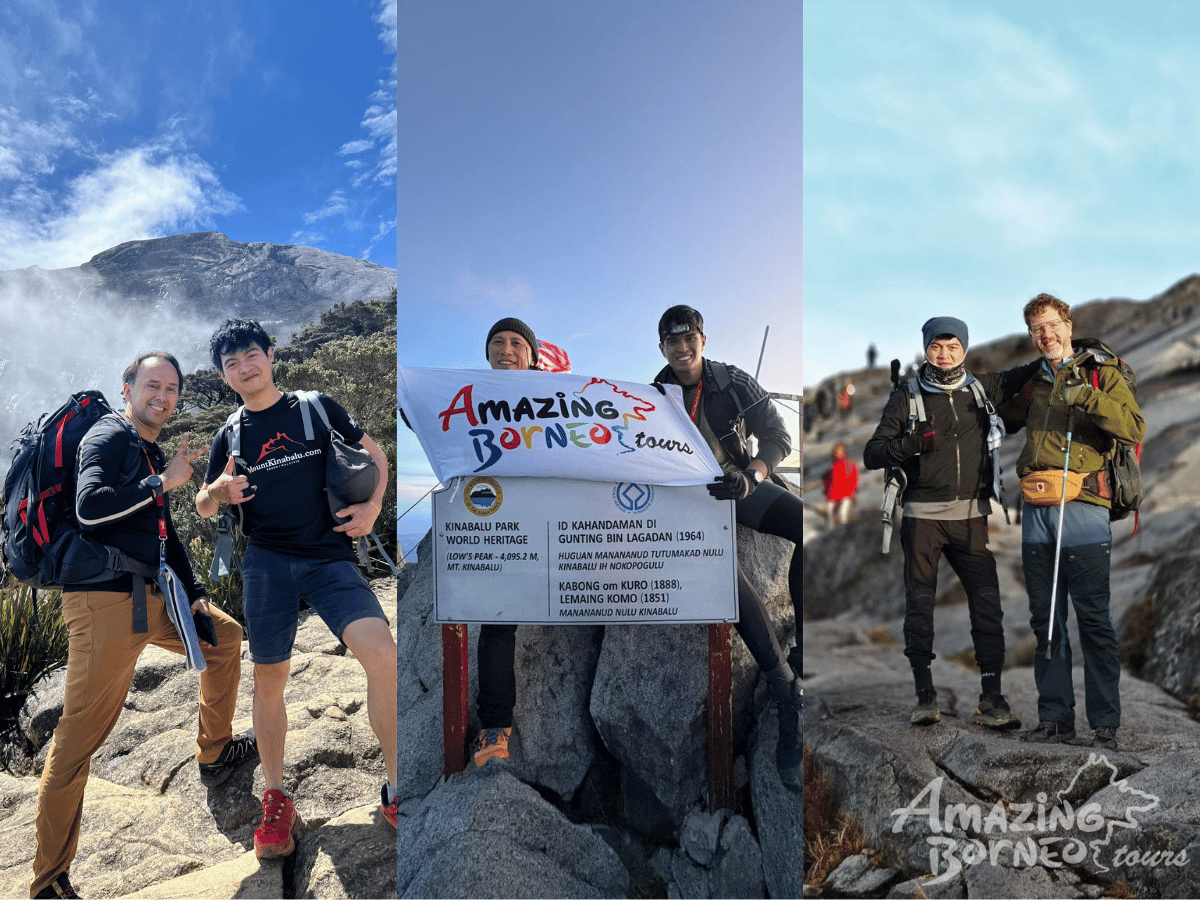
To bring these insights to life, here are a few real guest reviews that capture the value our mountain guides bring to each climb:
“We were incredibly fortunate to have Danson and Nail as our mountain guides. They were both caring and supportive, but Danson, in particular, stood out with his wealth of experience. He shared invaluable hiking tips, maintained a steady and encouraging pace, and ensured our safety at all times. As someone who struggled to keep up, his guidance helped me push through and reach the summit on time. What truly amazed me was his kindness – not only did he look after our group, but he also assisted other climbers who were struggling, even when their own guides were nowhere in sight. Knowing that he stayed close to us throughout the journey gave me a great sense of security.”
"A big shoutout to Mr Carlance, my mountain guide, for always being there for me from beginning until the end of my journey. I was slow and felt under the weather due to altitude sickness. When I was about to surrender, Mr Carlance gently reminded me to take a break and made sure I was hydrated. After Sayat-Sayat checkpoint, my headlamp went out due to batteries depleted. I was nonplussed in the darkness. He held my hand and [led me] through the trails until I reached the summit. I would not have been able to make it without him.”
"I would like to especially highlight my mountain guide, Mr Joel Sanan, whose professionalism and passion truly enhanced my experience. [His] calm and reassuring presence made all the difference, especially during the more challenging parts of the climb. His support wasn’t just physical but also motivational, as he constantly encouraged me when I felt fatigued or discouraged. His attentiveness to my wellbeing, checking for signs of altitude sickness and helping with my gear, was invaluable. Additionally, I had asked [him] to take several pictures and videos at the summit. Despite the cold, windy conditions and the difficulty of handling equipment with gloves on, he took out his gloves and helped without hesitation or complaint. His willingness to go the extra mile ensured I left with beautiful memories captured on camera, for which I am truly grateful.”
Each of these stories echoes the dedication, instinct, and human connection that define our mountain guides – qualities also shown during the 2015 earthquake and validated through Lesley’s findings.
Empowering Communities Through Sustainable Tourism
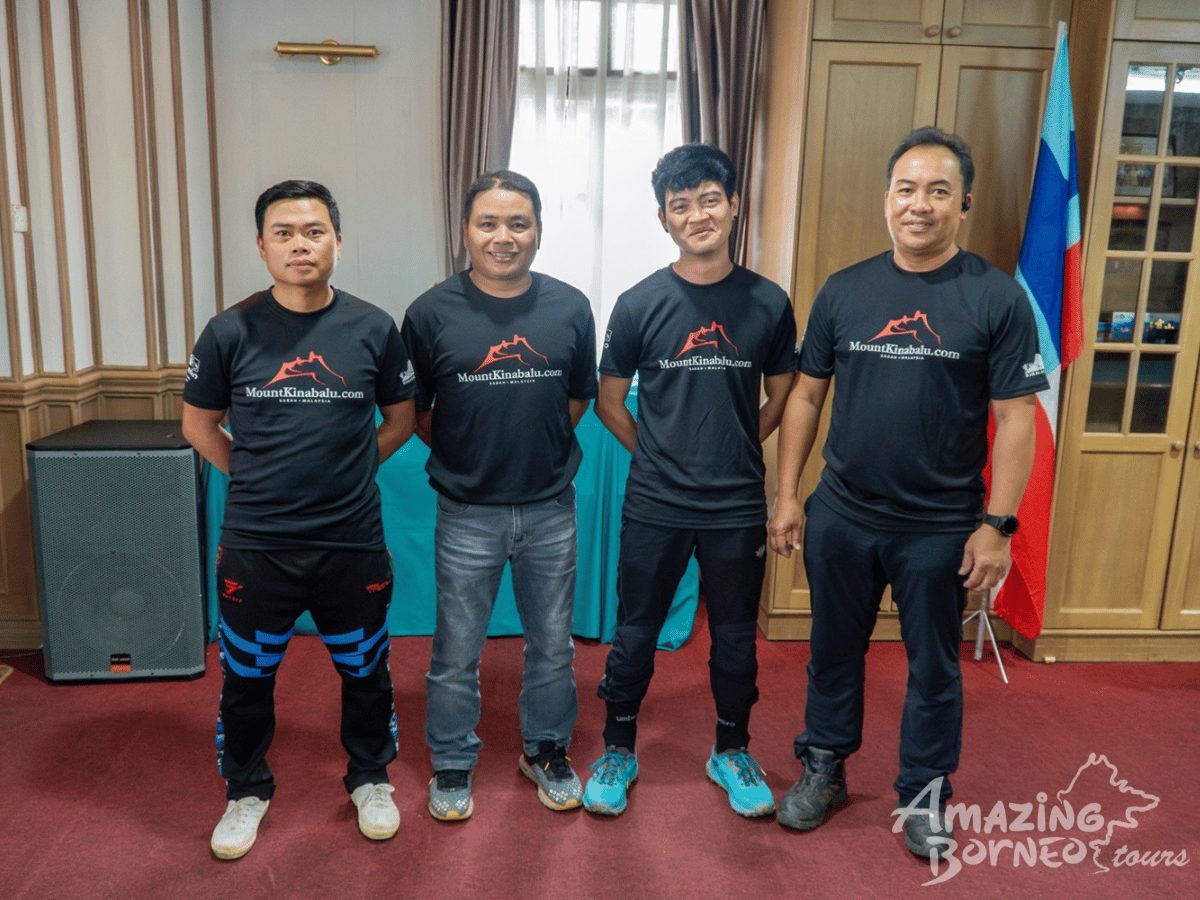
Kinabalu Park's approach to tourism isn't just about number – it's about impact. By hiring guides from nearby villages like Kampung Kiau and Bundu Tuhan, the park creates income opportunities and encourages stewardship of natural resources. Training guides in sustainable practices and environmental ethics helps protect the ecosystem while empowering the local population.
This dual focus strengthens Sabah’s tourism brand and reinforces visitor appreciation of local culture and nature.
Safety, Communication, and Human Connection
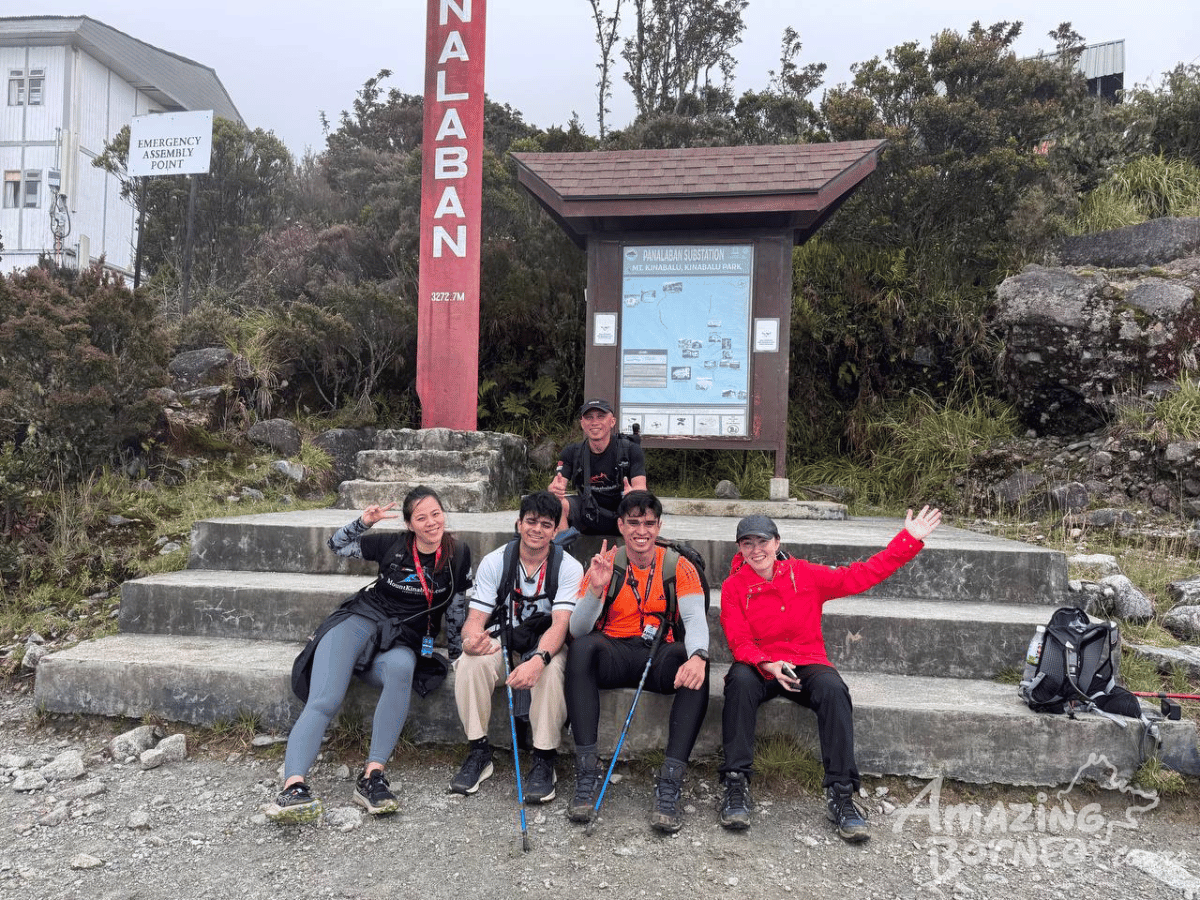
Mountain climbing inherently carries risks – from steep terrains to sudden weather changes. Visitors feel more secure when their guides are well-prepared, informed, and communicative.
Guides who track weather patterns, monitor trail safety, and respond swiftly in emergencies help guests feel safe and cared for. Moreover, strong interpersonal skills allow guides to bond with visitors, making the journey more meaningful.
The 2015 earthquake reminded us of just how vital these skills are. The guides’ rapid response and calm leadership in the absence of formal disaster protocols turned a time of fear into one of extraordinary human resilience. That moment validated the very qualities Lesley’s research identifies as crucial to guide professionalism and visitor satisfaction.
Pathways Forward: Policy and Practice Recommendations
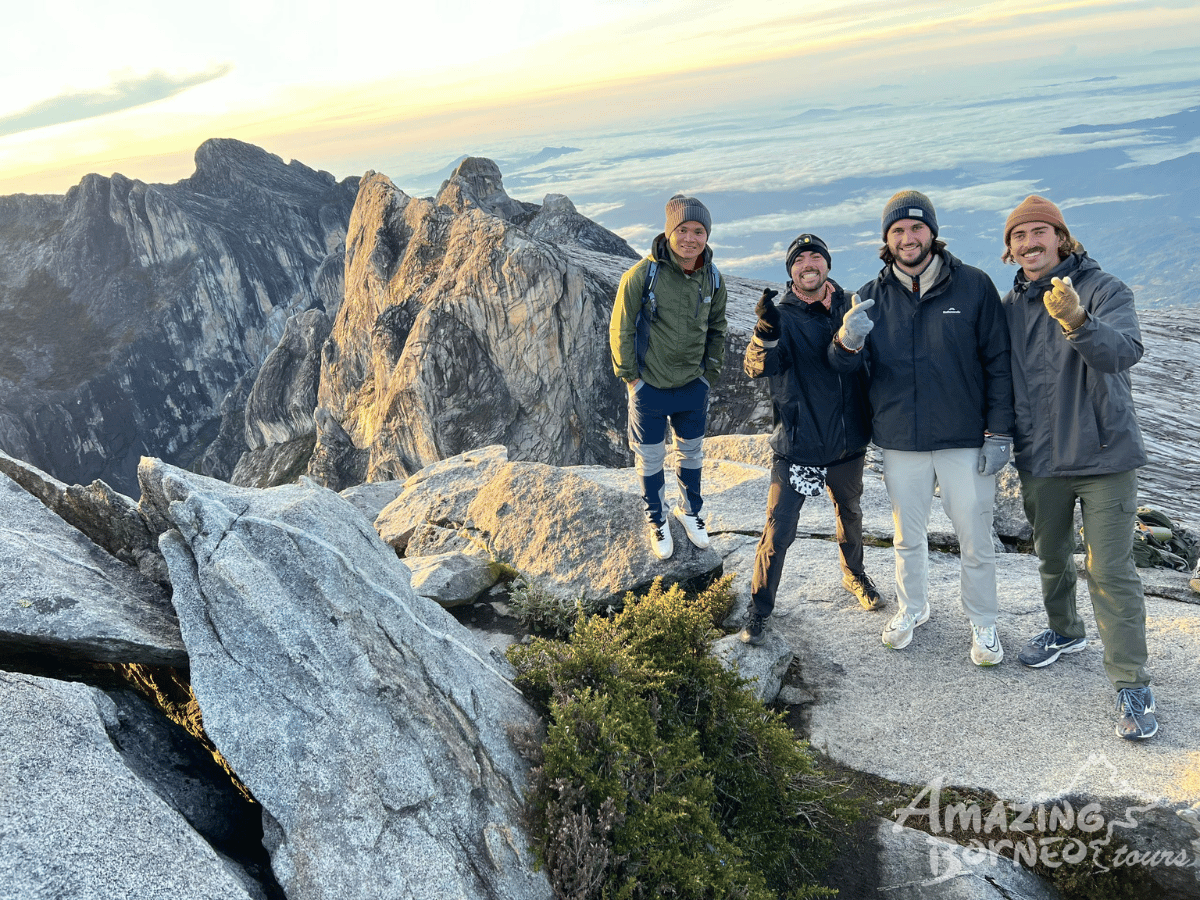
The research proposes actionable steps to further enhance the visitor experience. These include expanding language and customer service training, implementing feedback loops from tourists, and improving compensation frameworks for guides.
There is also a call for ongoing studies across other parks in Malaysia to build a national benchmark for tourism excellence. These strategies not only support visitor satisfaction but also professionalise the guiding industry in Sabah.
Conclusion: Investing in the Heart of Sabah’s Tourism
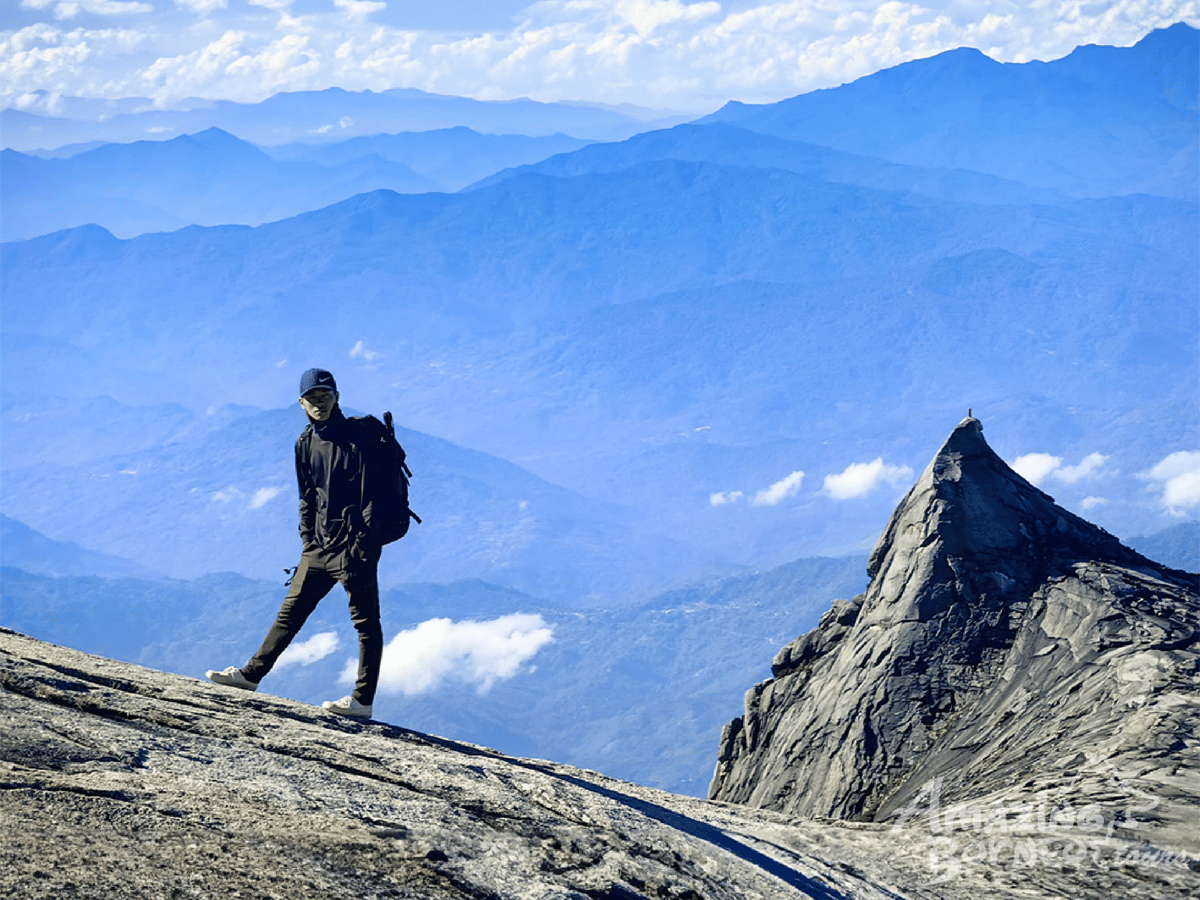
As global interest in ecotourism and adventure travel grows, Kinabalu Park stands out not just for its landscape but for the human stories behind each summit. Mountain guides are not just facilitators – they are ambassadors of Sabah’s culture and protectors of its natural legacy.
The 2015 earthquake was a tragic moment that revealed the very essence of this profession: bravery, compassion, and unwavering responsibility. Investing in their development is essential to sustaining high-quality, meaningful tourism.
About the Author
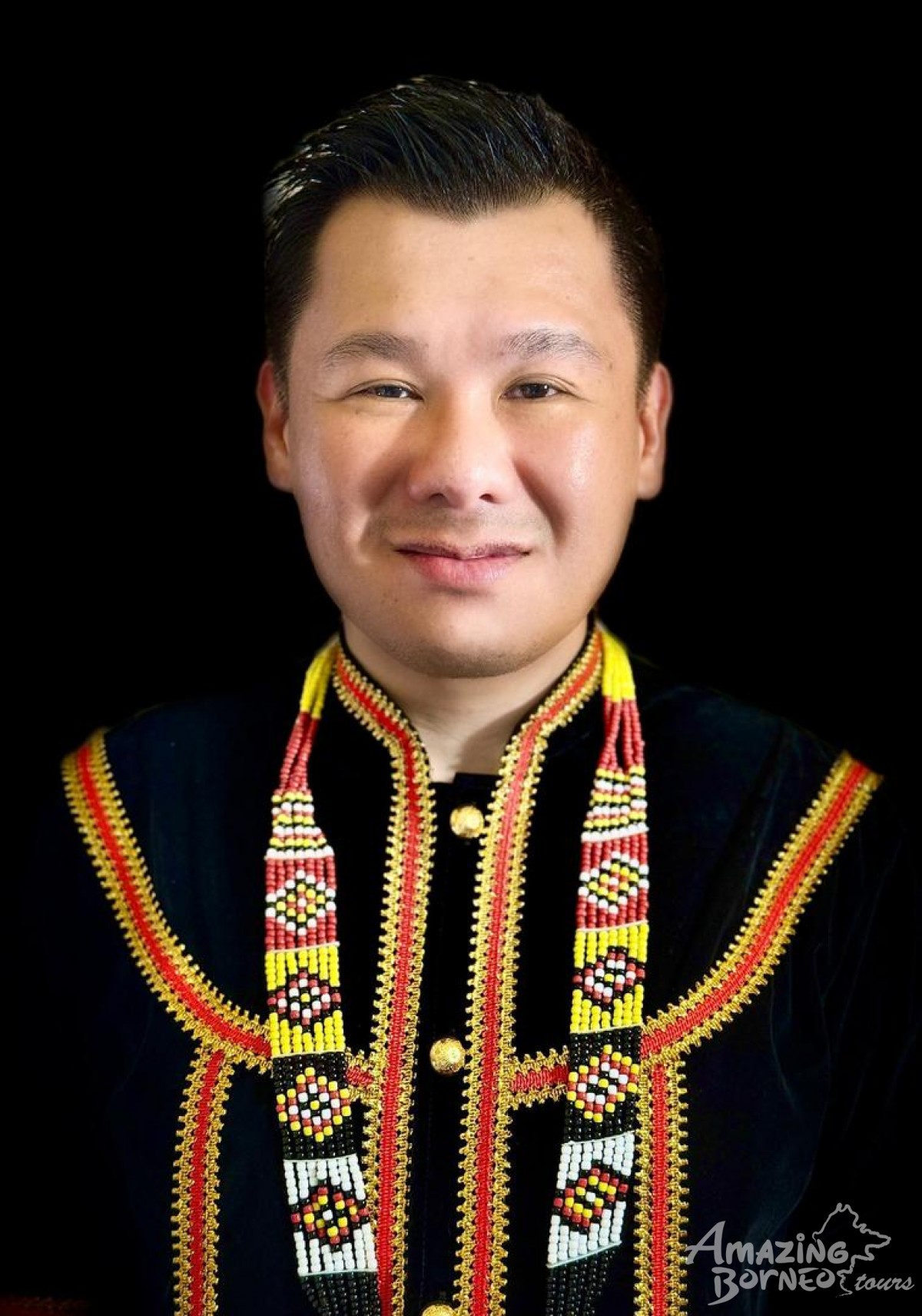
Dr. Lesley Hiew is the Operations Director at Amazing Borneo and a PhD graduate in Business Management (Management) at Universiti Malaysia Sabah (UMS). With two decades of experience in the tourism industry – and around 15 of those leading operations at Amazing Borneo – Lesley is driven by a passion for nurturing talent, actively collaborating with students at UMS, where he frequently shares his expertise and encourages young people to pursue meaningful careers in tourism. His academic research focuses on sustainable tourism, service quality, and enhancing visitor satisfaction within protected natural environments.

